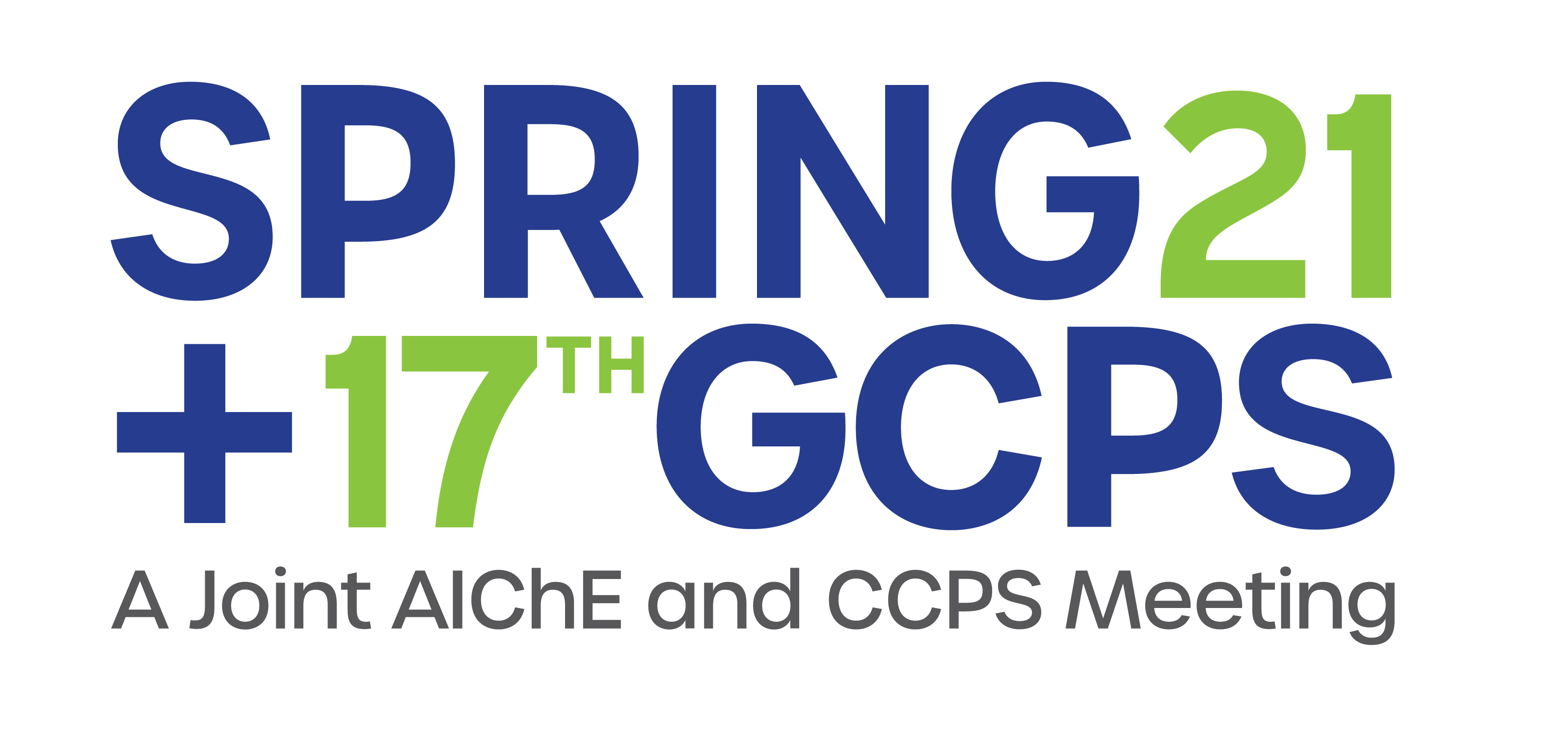

Design of a chemical manufacturing facility is a challenging task because one has to ensure that every design feature has been carefully analyzed for Hazard and Operability (HAZOP). Along with the HAZOP studies of the main process components like reactors, crystallizers, distillation columns, etc., it is imperative to study the possible failures of the utility connections, which may get overlooked. A system is as safe as its weakest point of failure. A common failure is the back flow of hazardous chemicals into the utility connections. Utilities like nitrogen, steam, plant air, and deionized water are often directly connected to process vessels. The utility systems are generally common to the entire plant and so depending on the reaction conditions in an equipment, backflow may occur and contaminate other equipment. Different backflow prevention instrumentation is required based on the utility service. For instance, gaseous and liquid utilities require different backflow preventors. While choosing the material of construction of pipelines, specification brakes are placed at junctions where utilities are connected to the process vessels. This talk will outline various backflow preventor setups that have been successfully implemented in different chemical manufacturing facilities. Based on the severity of failure, the back flow prevention appropriate for different utility services will be discussed. Different kinds of back flow preventors, including differential pressure measuring instruments, flow transmitters, liquid trap with level switch, on/off valve with interlock activation etc., will be explained in detail and compared for their function and safety features.
Presenter(s)
Once the content has been viewed and you have attested to it, you will be able to download and print a certificate for PDH credits.
If you have already viewed this content,
please click here
to login.
Language
Pricing
Individuals
| AIChE Member Credits | 0.5 |
| AIChE Pro Members | $19.00 |
| AIChE Graduate Student Members | Free |
| Safety and Health Division Members | Free |
| AIChE Undergraduate Student Members | Free |
| AIChE Explorer Members | $29.00 |
| Non-Members | $29.00 |
